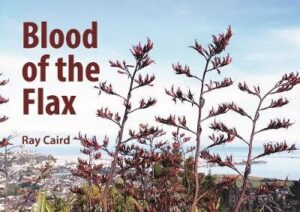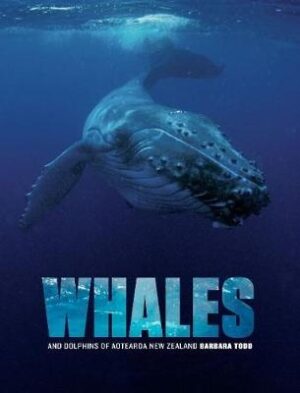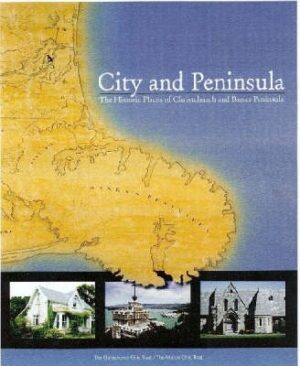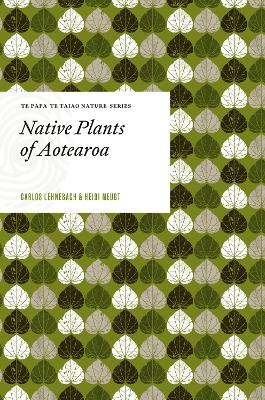Wetlands are like terrestrial sponges – when it rains, they soak up water. When it’s dry, they slowly release moisture to nearby land and groundwater reservoirs. They also trap sediments running off the land, helping to keep our rivers and oceans clean. They store carbon.
Yet, to Aotearoa’s European settlers, wetlands were one of the country’s most maligned geographical features. To create dry land for farming and settlements, wetlands were deprived of water – rivers were widened and diverted, willows were planted and swamps were drained, until only 10 percent of the country’s wetlands remained.
In these days of eco-anxiety and climate anxiety, we need positive stories to show us the way forward. In Rohe Koreporepo – The Swamp, the Sacred Place we are introduced to the diversity of Aotearoa’s wetlands through aerial footage and the tangata whenua, landowners, government agencies and army of volunteers who are using matauranga Maori and scientific knowledge to restore them. — Rebecca Priestley
Kathleen Gallagher grew up playing in the last stronghold of a once-mighty swamp.
Now known as Riccarton Bush, Christchurch’s Putaringamotu is a remnant of an ancient kahikatea wetland.
“I used to play in it. It didn’t have any fences around it, but it was nothing like it is today. It’s been totally restored compared to how it was then.
“It was just a wonderful, wild place. I was really lucky I grew up in it.”
To the now acclaimed environmental filmmaker and poet, wetlands are mysterious, sacred places, “where the little people live”.
“They’re soft, damp, sometimes misty. But they’re places to go to restore my health and wellbeing, and to get a way of looking at the world from a different perspective.
“In the cities, it’s very easy to get into an anthropomorphic way of looking at the world … it needs to be bigger than that.”
Gallagher’s latest documentary, Rohe Koreporepo – The Swamp, The Sacred Place, will premiere in her hometown of Christchurch later this month as part of the New Zealand International Film Festival.
It tells the stories of 60 kaitiaki (guardians) working to protect and restore wetland ecosystems across New Zealand.
When Gallagher first started interviewing people for what would eventually become The Swamp, The Sacred Place, she started at Maketu, in the Bay of Plenty.
Of all the kaitiaki she spoke to, Liam Te Wherowhero’s story about his ancestral mahinga kai (customary food gathering place), which opens the film, stood out to her.
“[He] tells the story of how the swamp was totally drained in his grandparents’ day. They had depended on it for food. They tried and tried and fought and fought, and they died brokenhearted that they’d lost it.
“But only last year, it was totally reflooded, and it was the work of a small group of people getting together, working with the Bay of Plenty Regional Council. That restoration, that turning around, it happens again and again.”
Over the course of 150 years, from 1840 to 1990, 90 per cent of New Zealand’s wetlands were drained. They once spanned 2.2 million hectares, but now made up just 2 per cent of New Zealand’s land area.
“These were sacred places where you gathered kai, and you gathered rongoa (healing herbs).
“These are the places we’ve turned our backs on with our cities, and walked away from, and need to turn towards again. Embrace them.”
Otautahi (Christchurch) itself was once a massive wetland, Gallagher said.
When people saw the film, the main thing she wanted them to take away was a different way of looking at the problems the world faced.
“Maybe to look at the world through the point of view of water or trees, or harakeke (flax). To be open to other points of view, and ways of being, and ways of addressing the problems that we’re facing.”
Repo (wetlands) are of huge environmental significance. They are hotbeds of biodiversity. Canterbury’s Lake Ellesmere, for example, is home to the highest number of bird species – 203 – recorded anywhere in New Zealand.
They also act as purifiers for polluted water and carbon sinks, as well as only taking a year or two to become established, she said.
On top of that, repo can help reduce the impacts of flooding by absorbing heavy rain and releasing the water gradually.
“They can do a whole lot of mahi that we don’t have to do, and once you turn in that direction and start doing this mahi, nature works with you. It’s like when you throw something, and you’ve got a backwind behind you, you can throw it twice as far.
“We’re not the only active beings, sentient beings on this planet. There’s quite a few. We’re not the tuakana, we’re the youngest sibling, we’re the potiki. It’s good to listen to the tuakana, the ones that are ahead of us.”
Gallagher said despite the historic destruction of New Zealand’s wetlands, Rohe Koreporepo was more a story of hope than of loss.
“Our mana – our psychic force, our mauri – our life force, and our hauora – which is our wellbeing or health, are implicitly woven inside the wellbeing of the mana and the mauri and the hauroa of our water places.
“If they’re unwell, we’re unwell. If they’re filled in and poisoned, we can’t safely gather and eat healing kai from them, and we can’t interact with them.
“If we restore our rivers, and we restore our repo, then we recover, and we restore our own mana, our own mauri, and our own hauora.”
Between 1840 and 1940, New Zealand blew it, she said. But people were now coming to understand just how important repo were, and why they needed to be protected.
Format: Paperback
Imprint: Small New Zealand Publisher




SCORPIO BOOKS
Five Lane, The BNZ Centre
120 Hereford Street
Christchurch Central City
Ph: (03) 379 2882
TELLING TALES
Five Lanes, The BNZ Centre
101-111 Cashel St
Christchurch Central City
Ph: (03) 741 3309
FREE SHIPPING WITHIN CANTERBURY
($4 RURAL SURCHARGE)
FREE NZ SHIPPING FOR ORDERS OVER $100